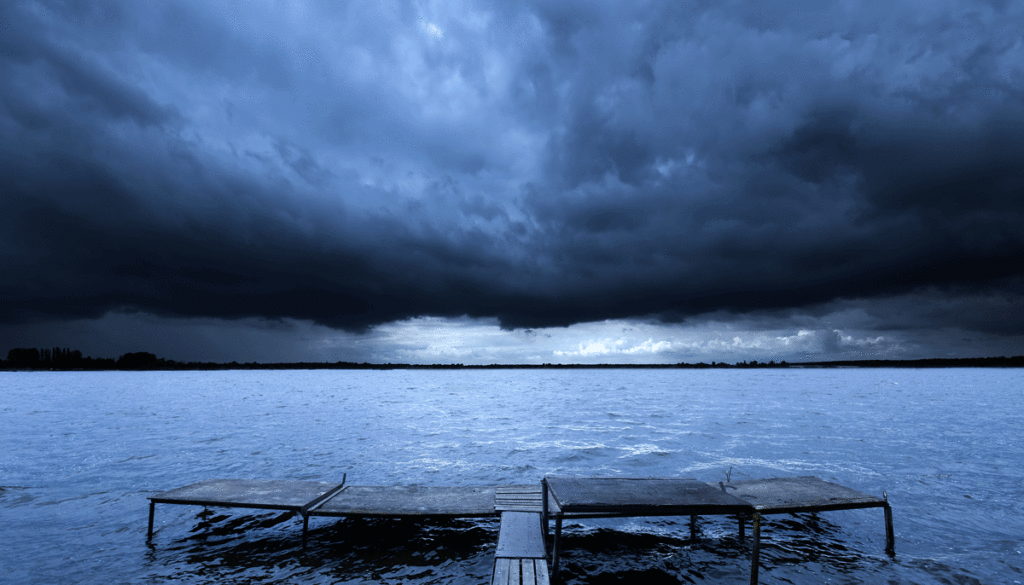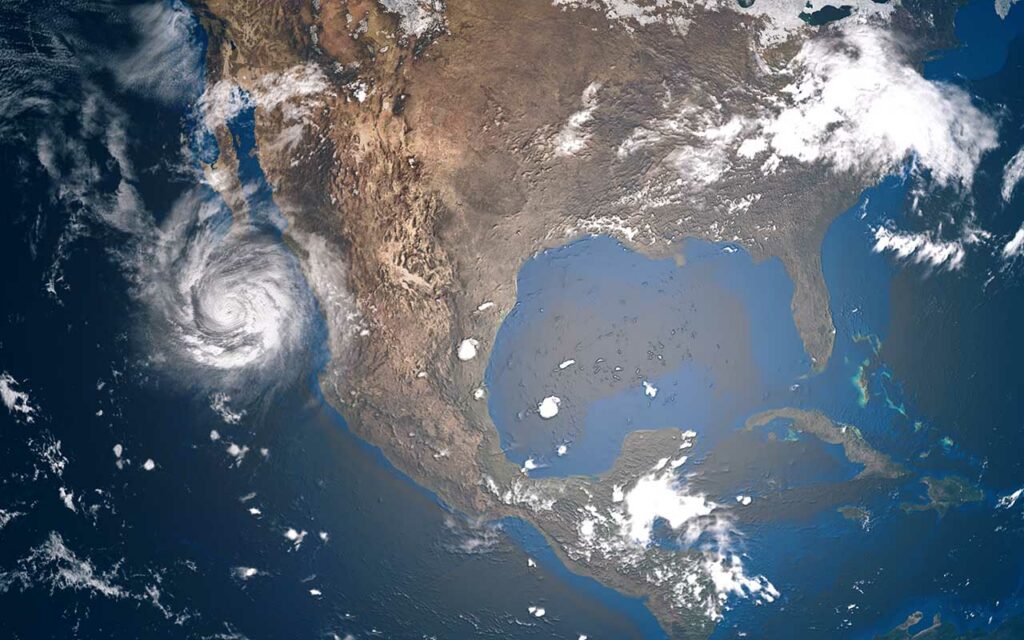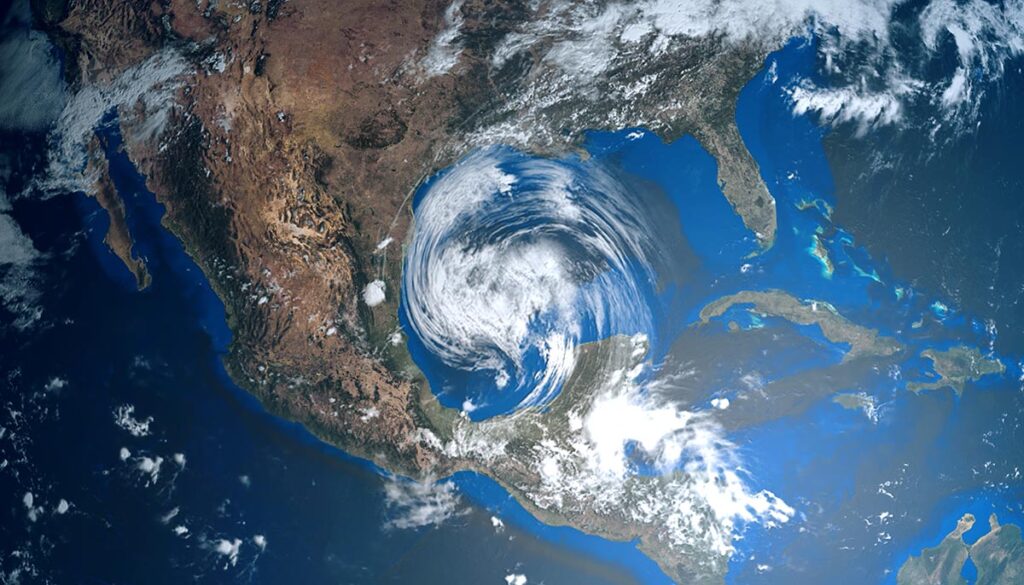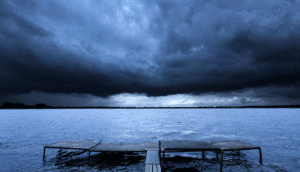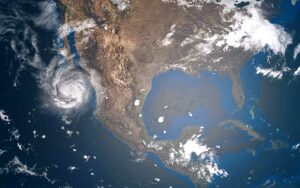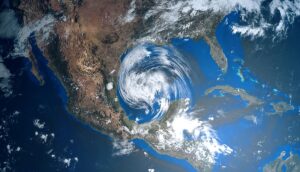When you hear the word “Vesuvius,” you likely think of the preserved Roman village of Pompeii. Indeed, the 79 AD eruption of the massive volcano buried the ancient site under ash, preserving it immaculately for thousands of years. However, Vesuvius’s eruption had more impact on the world beyond just burying Pompeii.
Volcanic eruptions regularly spew hot gasses and volcanic ash into the upper atmosphere, which can cause major meteorological shifts. Severe thunderstorms made of volcanic ash, suddenly plummeting global temperatures, and more can all follow the eruption of a volcano.
Pliny the Younger’s Account
The only eyewitness account of the 79 AD eruption of Mount Vesuvius comes from a notable historian named Pliny the Younger. His uncle, Pliny the Elder, is one the few people to have died in the eruption who was famous enough to be recorded as a casualty. The Elder Pliny stayed behind in Pompeii to try to oversee an evacuation, while the Younger Pliny watched the eruption safely from across the Bay of Naples.
The Younger Pliny gives an account of a truly apocalyptic eruption. At first, there was a dark cloud of ash escaping the mouth of the volcano and falling over the Bay of Naples. According to Pliny the Younger, the ash cloud and numerous tremors leading up to the eruption actually gave the people of Pompeii plenty of time to evacuate. The remains found at the site by archeologists are thought to be people who simply took too long getting their affairs in order in town before leaving.
Meteorological Effects
The volcano’s eruption immediately caused a slew of effects on the surrounding weather. Most of the people who were still in Pompeii as lava flows arrived in town are thought to have died from sudden exposure to temperatures exceeding 400 degrees Fahrenheit. At the same time, the huge amount of pumice stone thrown into the air began raining around the region.
The ash clouds generated volcanic lightning, a phenomenon where thunderstorms can form out of ash clouds before they rise high into the atmosphere. Pliny the Younger’s description of the eruption indicates to modern-day meteorologists that Vesuvius likely spewed volcanic gasses in a huge column directly into the atmosphere, which doubtlessly led to a particularly cold winter in 79 AD.
Preserving the Site
A bizarre side-effect of the eruption was that it flash-preserved the Pompeii site. Since the town was caught suddenly by the eruption and then covered in volcanic ash, the eruption essentially took a snapshot of Roman life in the First Century. As such, it has been a vital location for archeologists who wish to study ancient Rome.
Interestingly, after the initial disaster, Roman society seems to have largely forgotten about Pompeii. Some thieves dug partially into exposed buildings to steal valuables, but beyond this, the region seems to have fallen into obscurity for nearly 2,000 years. In the late 19th Century, archeologists began excavating the site again, realizing that there were hollow regions in the ancient ash that corresponded to where victims of the volcano would have been.
A plaster casting technique was used to create replicas of these victims in their final moments, a grisly yet educational endeavor that has given historians a great deal of insight into life in Rome.

